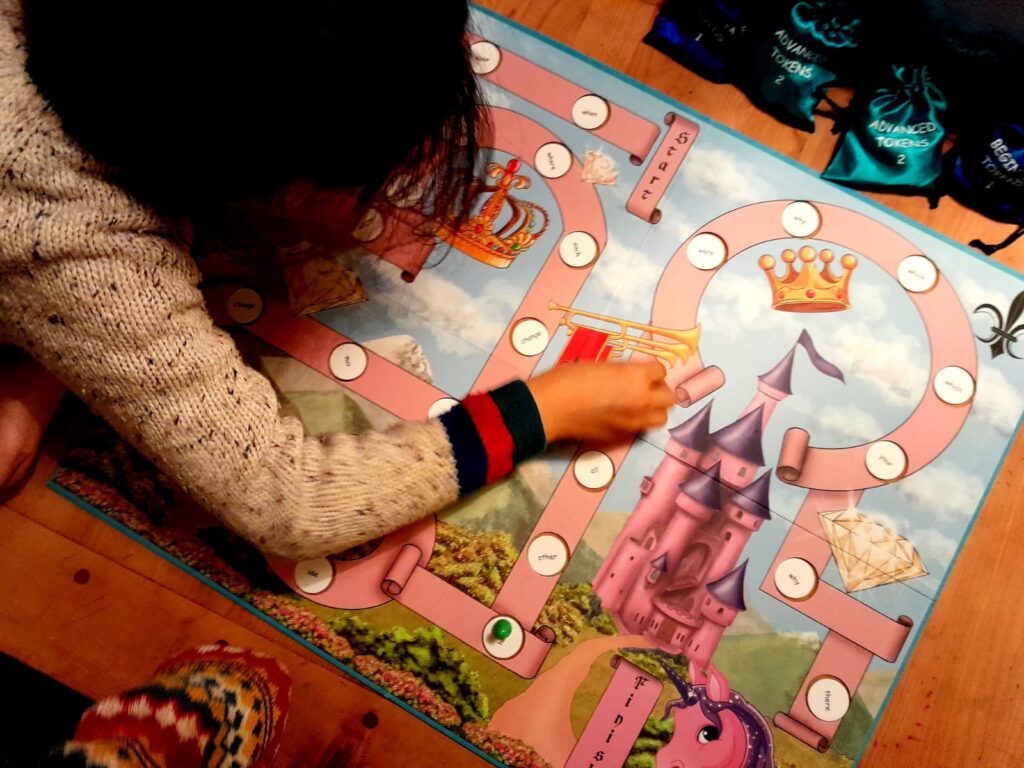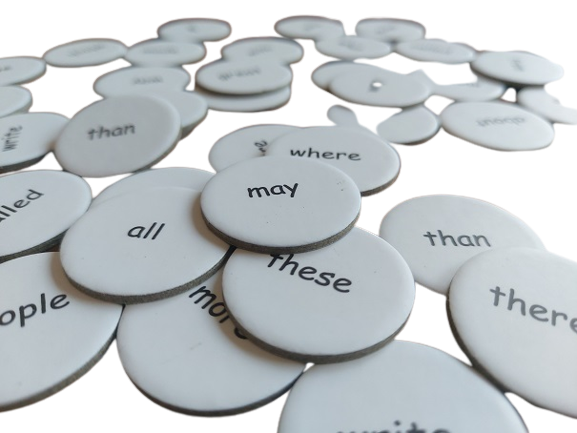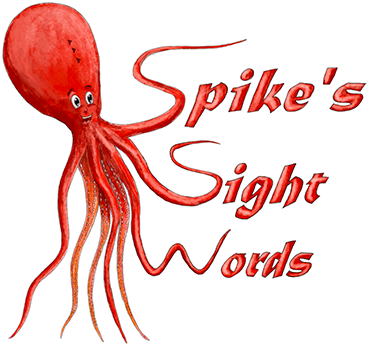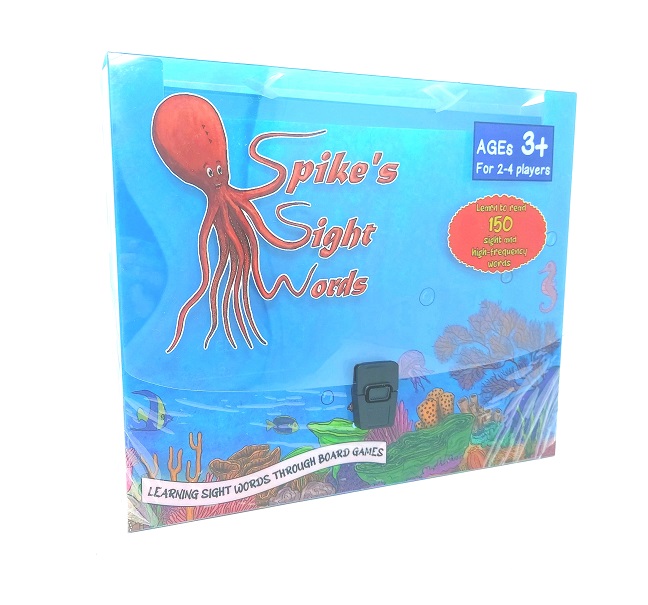
First identified by Marshall and Newcombe in 1973, surface dyslexia is a condition marked by difficulty reading words with “irregular” or exceptional print-to-sound correspondences. The consistency with which sounds are mapped to letters varies amongst languages; for example, in Italian, letter-to-sound correspondences are predictable, while in English, there are many exceptions to the general rules governing print-to-sound mapping. Words like colonel, yacht, island, have, and rough, for which there is no set rule governing the mapping between text and sound, are difficult for patients with surface dyslexia to read. On the other hand, these individuals do well with nonsense (like graty) words that have regular spellings (such as abdomen).

A Brief Overview of Surface Dyslexia
- Characterised by extreme challenges with complete word recognition
- Unable to easily convert new words into ‘sight words’
- Able to phonetically pronounce words using standard spellings, even nonsense words, however…
- Extreme trouble pronouncing words correctly and words that sound different to how they are spelled, such as beautiful or said
- Also known as visual dyslexia or dyseidetic dyslexia.
- Typically a type of dyslexia that is acquired, but it can also be developmental

Words spelled differently but with the same pronunciation can be confused by those with developing surface dyslexia. Spelling irregularities are drastically reduced, but word phonological features remain intact, resulting in phonologically plausible mistakes (whistle → wisle, for example). Every case of developmental surface dyslexia that has been documented has retained phonological ability. Their verbal short-term memory and phoneme awareness scores fell within the typical range of age-matched controls. Surface dyslexia in transparent languages is diagnosed based on problems with stress assignment and homophone heterograph understanding.
PLAYING OUR EDUCATIONAL BOARD GAMES ARE IDEAL FOR THOSE WITH SURFACE DYSLEXIA

